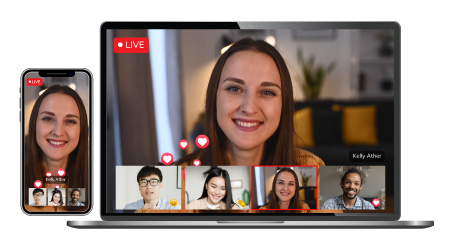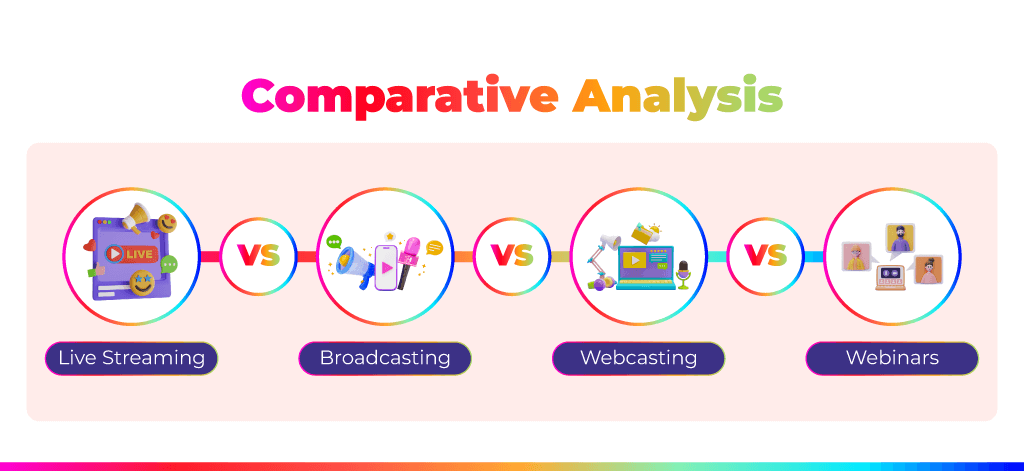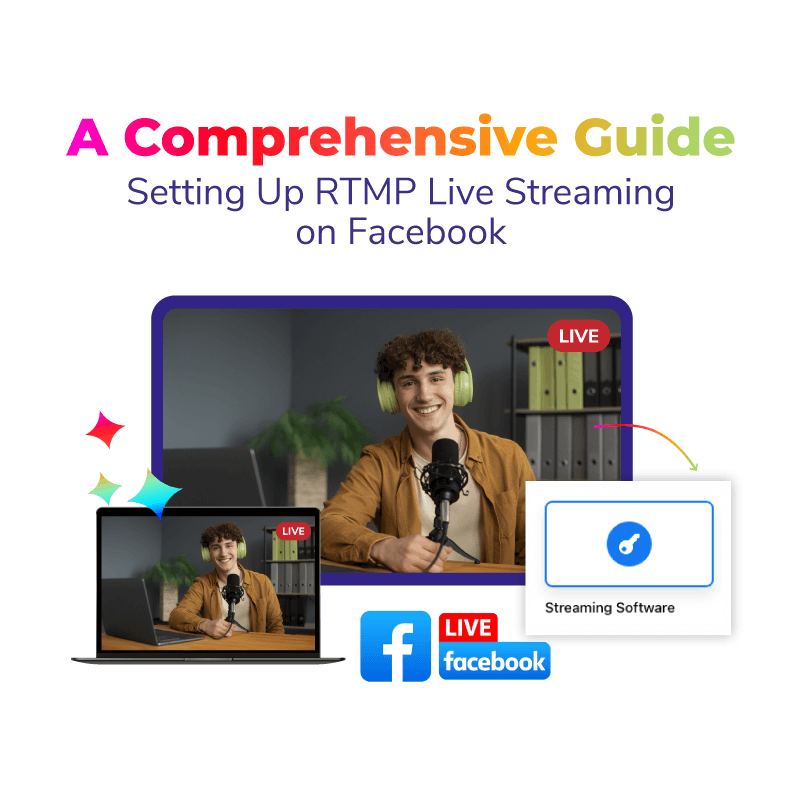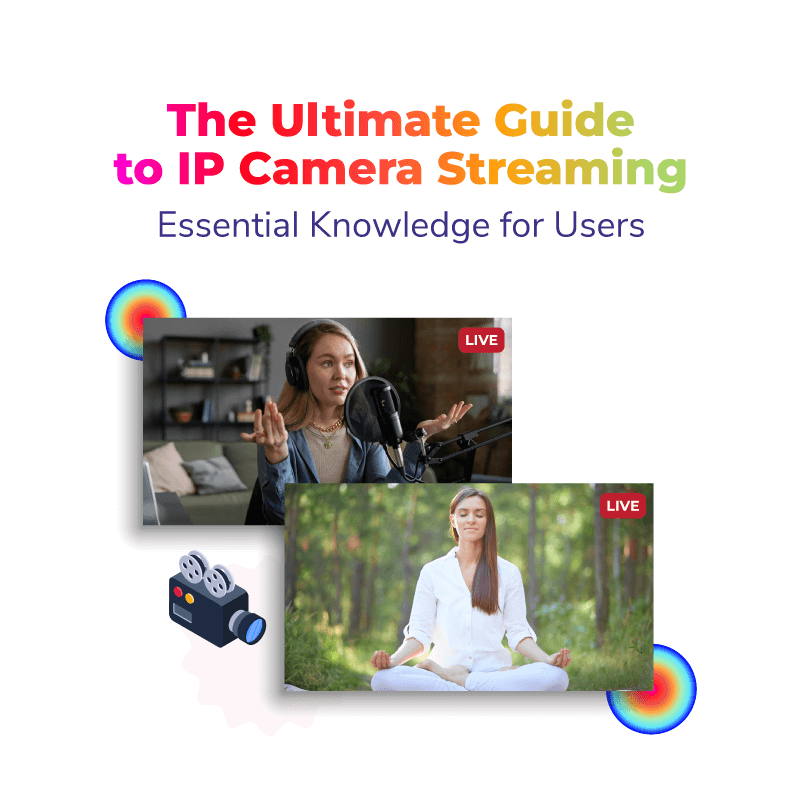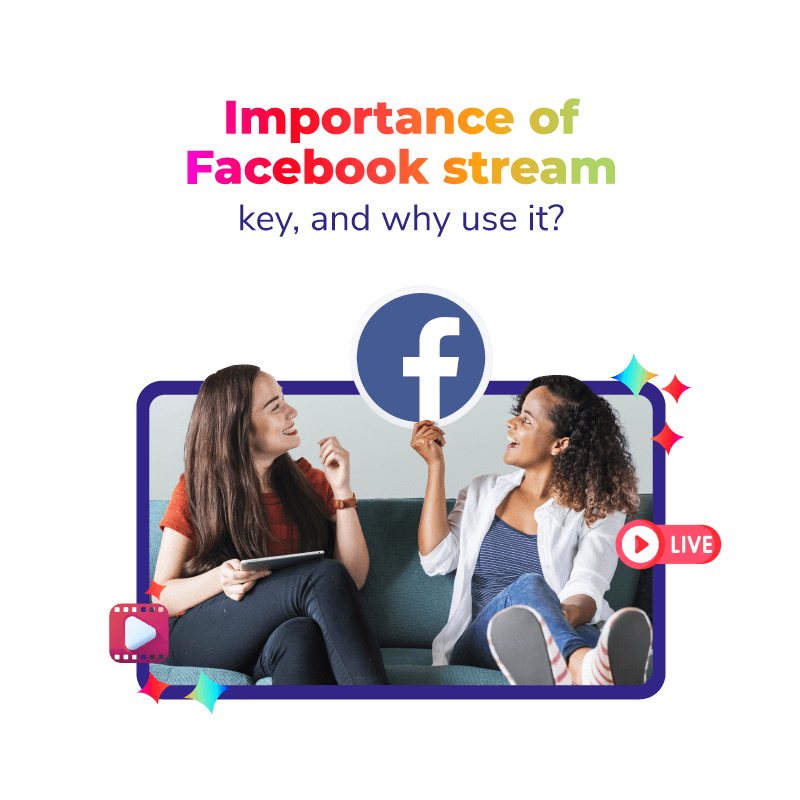In the ever-evolving world of digital communication, businesses and individuals are constantly seeking effective ways to connect with their audience. The terms live streaming, broadcasting, webcasting, and webinars have become increasingly prevalent, each offering a unique set of advantages. In this comprehensive guide, we’ll discuss each term and its key features for better understanding and differentiation. Also, we will talk about the numerous key components of choosing the right platform that caters the specific needs.
Live Streaming Vs Broadcasting Vs Webcasting Vs Webinar
There’s no doubt about the fact that live streaming, broadcasting, webcasting and webinars stand as distinctive pillars, each offering unique avenues for connection and engagement. Let’s delve into the research of knowing these terms more of these mediums. Meanwhile, they are comparing their strengths, applications, and impact on audience interaction.
Live Streaming: Captivating Real-Time Engagement
Live streaming has emerged as a dynamic tool for instantaneous and immersive content delivery. Whether you’re a content creator, business owner, or influencer, this medium allows you to connect with your audience in real- time, fostering a sense of immediacy and authenticity. Platforms like Twitch, YouTube Live, and Facebook Live have become the go-to spaces for individuals and brands to share their experiences, events, or expertise seamlessly.
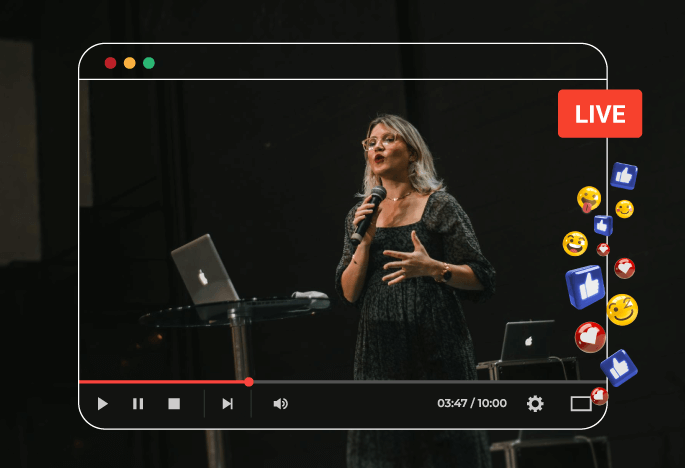
Key Advantages of Live Streaming
- Instant Interaction: Engage with your audience through live comments, creating a two-way communication channel. The instantaneous nature of live streaming ensures that your audience feels directly involved in the experience, fostering a sense of community and connection.
- Real-Time Analytics: Gain insights into viewer behavior instantly, allowing you to adapt your content on the fly. Understand your audience’s preferences, track engagement levels, and refine your content strategy in real-time, ensuring continuous improvement and relevance.
- Authenticity: The unscripted nature of live streaming fosters genuine connections with your audience. Unlike pre-recorded content, live streaming provides an authentic and unfiltered experience, building trust and credibility among your viewers.
Choosing the Right Live Streaming Platform
Selecting the ideal live-streaming platform is crucial for maximizing the impact of your content. Platforms like Twitch, and Instagram offer a niche community for gamers, while YouTube Live caters to a broader audience. Evaluate the features, audience demographics, and discoverability of each platform to align with your goals.
Broadcasting: Traditional Charm with a Digital Twist
Broadcasting may evoke memories of traditional television, but in the digital era, it has transformed into a powerful online medium. Unlike live streaming, broadcasting often involves scheduled programming, bringing a sense of routine to your audience. Platforms like YouTube and podcasting services offer a stage for broadcasting content to a wide and diverse audience.

Key Advantages of Broadcasting
- Scheduled Programming: Create a consistent content schedule, building anticipation among your audience. By establishing a routine, you not only keep your audience engaged but also create expectations, encouraging regular viewership.
- High Production Values: Invest in polished, well-produced content that reflects positively on your brand. Broadcasting allows you to showcase your brand with high production values, enhancing the perceived quality and professionalism of your content.
- Diverse Reach: Broadcasting allows you to tap into a broader audience base. With the potential for global reach, broadcasting transcends geographical boundaries, exposing your content to diverse demographics.
Leveraging Broadcasting Services for Optimal Reach
Exploring various broadcasting services can enhance the quality and reach of your content. Platforms such as Anchor for podcasting and YouTube for video broadcasting offer user-friendly interfaces and tools for content creators. Optimize your content for search engines by incorporating relevant keywords and metadata.
Webcasting: Elevating Professional Presentations
For businesses aiming for a polished and professional presentation, webcasting provides the ideal platform. Often used for corporate events, product launches, and training sessions, webcasting combines the elements of live streaming and broadcasting. While focusing on delivering a seamless, high-quality viewer experience.
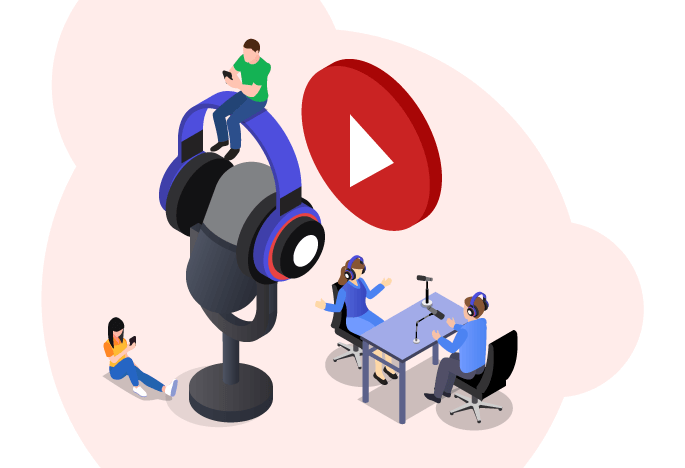
Key Advantages of Webcasting
- Professionalism: Showcase your brand or product with a high level of professionalism and attention to detail. Webcasting allows you to curate a professional image, making it an ideal choice for corporate presentations and events.
- Global Reach: Reach a worldwide audience without the need for physical presence. With webcasting, you break down geographical barriers, expanding your reach and potential customer base globally.
- Interactive Features: Incorporate interactive elements such as Q&A sessions and polls to engage your audience. The interactive nature of webcasts ensures that your audience remains actively involved, enhancing the overall viewer experience.
Embracing Webcasting Services for a Global Presence
To optimize your webcasting experience, consider utilizing specialized webcasting services. Platforms like Dreamcast, Cisco Webex, and Zoom provide advanced features such as audience analytics, customizable branding, and interactive tools. Tailor your webcasts to suit the preferences of your target audience, ensuring a memorable and impactful presentation.
Webinars: Educate and Connect with Precision
Webinars have become a staple for businesses and educational institutions aiming to disseminate information in a structured manner. These live, online seminars facilitate interaction between the presenter and the audience, making them an excellent tool for training sessions, workshops, and product demonstrations.
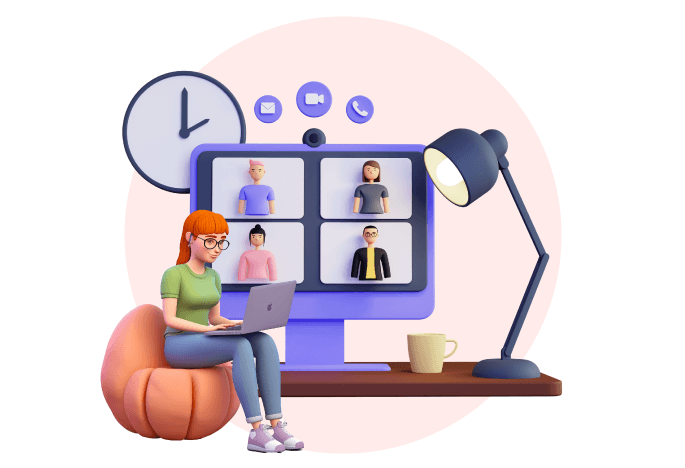
Key Advantages of Webinars
- Educational Focus: Provide in-depth information and insights on specific topics. Webinars offer a platform for in-depth discussions and educational sessions, positioning you as an authoritative figure in your industry.
- Lead Generation: Collect valuable leads by requiring registration for participation. The registration process not only allows you to gauge interest but also provides an opportunity to capture valuable leads for future engagement.
- Collaboration Opportunities: Invite guest speakers and experts to enhance the credibility of your content. Collaborating with industry experts not only adds value to your webinars but also expands your network and audience reach.
Elevating Engagement with Live Webinars
Organizing a live webinar requires careful planning and execution. Choose a platform that supports interactive features, such as polls, chat, and Q&A sessions. Effectively promote your webinar through various channels, utilizing social media, email marketing, and partnerships to expand your reach. Ensure that your webinar content is not only informative but also engaging to keep participants actively involved.
Choosing the Right Platform for You
Selecting the appropriate platform for your content delivery is paramount to achieving success in the realms of live streaming, webcasting, webinars, and broadcasting. Consider the following essential points to guide your decision-making process:
1. Audience Demographics: Analyze the demographics of your target audience. Choose a platform where your audience is most active, ensuring maximum engagement and resonance with your content.
2. Content Type and Format: Evaluate the nature of your content. If you’re creating visually engaging content, platforms supporting high-quality video, such as YouTube or Vimeo, might be more suitable. For podcasts or audio-centric content, consider podcasting platforms like Anchor.
3. Discoverability and Searchability: Assess the platform’s discoverability features. Opt for platforms that offer robust search engine optimization (SEO) capabilities to enhance the visibility of your content and attract a wider audience.
4. Interactivity Tools: Consider the level of interactivity required for your content. Platforms offering features like live chat, polls, and Q&A sessions are ideal for audience engagement, especially for webinars and live streaming.
5. Monetization Options: If your goal includes monetizing your content, explore the platform’s monetization options. Some platforms offer ad revenue sharing, subscription models, or direct payment features, providing diverse avenues for income.
6. Analytics and Insights: Choose platforms that provide detailed analytics and insights. Understanding viewer behaviour, demographics, and engagement metrics allows you to refine your content strategy for continuous improvement.
7. Ease of Use and Interface: Opt for platforms with user-friendly interfaces. A seamless and intuitive user experience not only benefits you as a content creator but also enhances the viewer experience, encouraging return visits.
8. Community and Networking Features: Consider platforms with built-in community and networking features. These can facilitate audience interaction, discussions, and collaborations, fostering a sense of community around your content.
By carefully weighing these essential points, you can align your content with the platform that best suits your goals, audience, and content type. This strategic approach ensures that your chosen platform becomes a powerful ally in your digital communication journey.
Conclusion
By the end of this article, we know that the world of digital communication offers a diverse range of tools to connect with your audience. Whether you opt for the immediacy of live streaming, the routine of broadcasting, the professionalism of webcasting, or the structured approach of webinars. Each platform presents unique opportunities for engagement and growth. If you are looking for a platform that helps you with all the solutions regarding live streaming, webinars, etc, then you can rely on Dreamcast. Book your free personalized demo and learn more about it.
Frequently Asked Questions
Live streaming offers instant interaction through live comments, real-time analytics for viewer behavior insights, and authenticity through unscripted content, fostering genuine connections with the audience.
Broadcasting involves scheduled programming, creating a sense of routine for the audience. It emphasizes high production values and diverse reach, catering to a wide and global audience, unlike the instantaneous nature of live streaming.
Webcasting provides a platform for polished and professional presentations, ensuring a high-quality viewer experience. It also offers global reach without physical presence and incorporates interactive features like Q&A sessions.
Live webinars facilitate in-depth educational sessions, support lead generation through registration, and provide collaboration opportunities with guest speakers, enhancing credibility and expanding network reach.
Consider factors like audience demographics, content type, discoverability, interactivity tools, monetization options, analytics, ease of use, and community features to align your content with the platform that best suits your goals and audience.
Connect with the Industry's Most Experienced
Live Streaming Service Providers.
